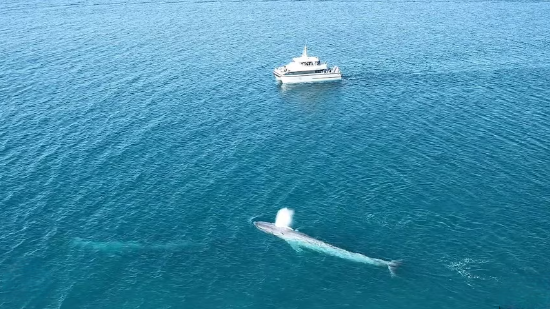The Australian Antarctic Division (AAD) embarked on an extensive research project to understand the distribution of Antarctic blue whales, which are notoriously difficult to spot. Given their rarity, the AAD team had to rely on listening rather than visual sightings to gather data on these elusive creatures. They deployed floating listening devices called “sonobuoys” across the Southern Ocean, capable of detecting the low-frequency sounds emitted by blue whales. After traversing nearly 150,000 kilometers and analyzing thousands of hours of recordings, they discovered significant information about the whales’ presence in the region.
Dr. Brian Miller, an acoustician with the AAD, led the research team and emphasized the importance of acoustic monitoring due to the infrequency of visual encounters with blue whales. Their findings provided valuable insights into the distribution and behavior of these massive marine mammals, shedding light on their mysterious lives. However, despite their size, much remains unknown about Antarctic blue whales, including their population size and trends over time.
Historically, Antarctic blue whales faced severe threats from industrial whaling, leading to a drastic decline in their numbers. While recent estimates suggest a population of around 2,000 individuals, the accuracy of these figures is uncertain. Dr. Miller and his team aim to fill these knowledge gaps by collaborating with experts in various fields, including photography, genetics, and new technologies such as drones and artificial intelligence.
The study also highlights the precarious existence of Antarctic blue whales in the face of environmental changes, particularly in their reliance on krill, a key component of their diet. As the Southern Ocean warms and sea ice declines, the availability of krill may be affected, posing challenges for whale populations. Dr. Vanessa Pirotta, a wildlife scientist, underscores the importance of understanding these dynamics and their implications for marine ecosystems.
Despite these challenges, the research brings hope for the conservation of Antarctic blue whales. Analysis of the acoustic data suggests stable or increasing trends in whale detections, indicating potential population recovery. However, further research is needed to confirm these trends conclusively. Overall, the study underscores the importance of continued monitoring and conservation efforts to protect these magnificent creatures and their fragile Antarctic habitat.















































